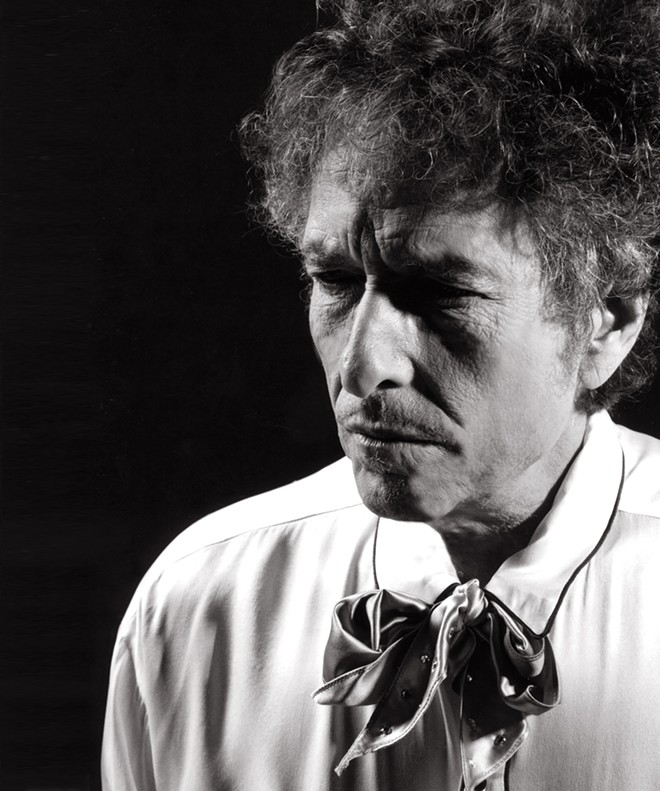
Pondering an age-old question: Is Bob Dylan terrible in concert?

As long as I’ve been a Bob Dylan fan, I’ve been wanting to see him in concert. And as long as Bob Dylan has been performing live, people have been complaining about seeing him in concert.
I’ve already got my tickets for the folk legend’s May 28 tour opener in Spokane, but I keep hearing the same refrains from people who have seen him in the past. For every person who has told me they saw a Bob Dylan concert and it was just the worst, I’ve had another say, “You know, he’s a lot better live than most people say.” These are fans who worship at the altar of Dylan, and yet they can’t agree.
This is nothing new. When Dylan went electric in the mid-’60s, purists heard the barreling rock ‘n’ roll of “Subterranean Homesick Blues” and branded him the Judas Iscariot of folk, and some fans (especially those in the U.K.) booed him in concert. When his newfound Christian faith wormed its way into his early ’80s output, Dylan found yet another way to alienate diehards: A Spokesman-Review write-up of Dylan’s Inland Northwest concert stop in 1980, with a set that leaned heavily toward gospel, describes disgruntled audience members walking out of the venue halfway through the show.
And in the 21st century, he’s still ruffling feathers. The L.A. Times wrote about a 2012 Hollywood Bowl concert that had elicited divisive audience responses, saying that “there’s one thing Bob Dylan fans will never agree on: whether his concerts over the last decade are terrible, excellent or just plain weird.”
I wanted to explore this strange phenomenon, and so I reached out to a few local music writers past and present — the people who get paid to have opinions about live music — to get their thoughts on Dylan’s live persona.
The Spokesman-Review‘s Carolyn Lamberson has seen Dylan just once, when his 1987 co-headlining tour with the Grateful Dead stopped in Eugene, Oregon. Of all the concerts she’s seen, both personally and professionally, she says this particular show remains a low point.
“I went for the experience, but I remember being so bored by the Dylan set,” Lamberson says. “He was intentionally doing stuff that not a lot of people were familiar with. … There was nothing as an audience member for me to get really engaged with. I really wasn’t able to pay much attention to him because he’s just not a charismatic presence.”
“He was not a performer that grabbed me and made me want to watch and listen. It was like bizarre background noise.”
Jim Kershner, a former arts editor for the Spokesman-Review, reviewed Dylan when he performed at Pullman’s Beasley Coliseum in 2000.

“Bob Dylan seems to do just about everything wrong,” the review begins. “He alters the melodies of his beloved old songs, he mumbles his way through his famous lyrics, he plays guitar just about the way he plays harmonica, which is to say erratically, and his adenoidal voice has become alarmingly similar to that of Tiny Tim’s.”
(Kershner also shares with me a line that he recalls hearing over the years that mostly sums up his feelings about many a Dylan concert: “[He] performed many of my favorite songs, but I’m not exactly sure which ones.”)

Leave a Reply